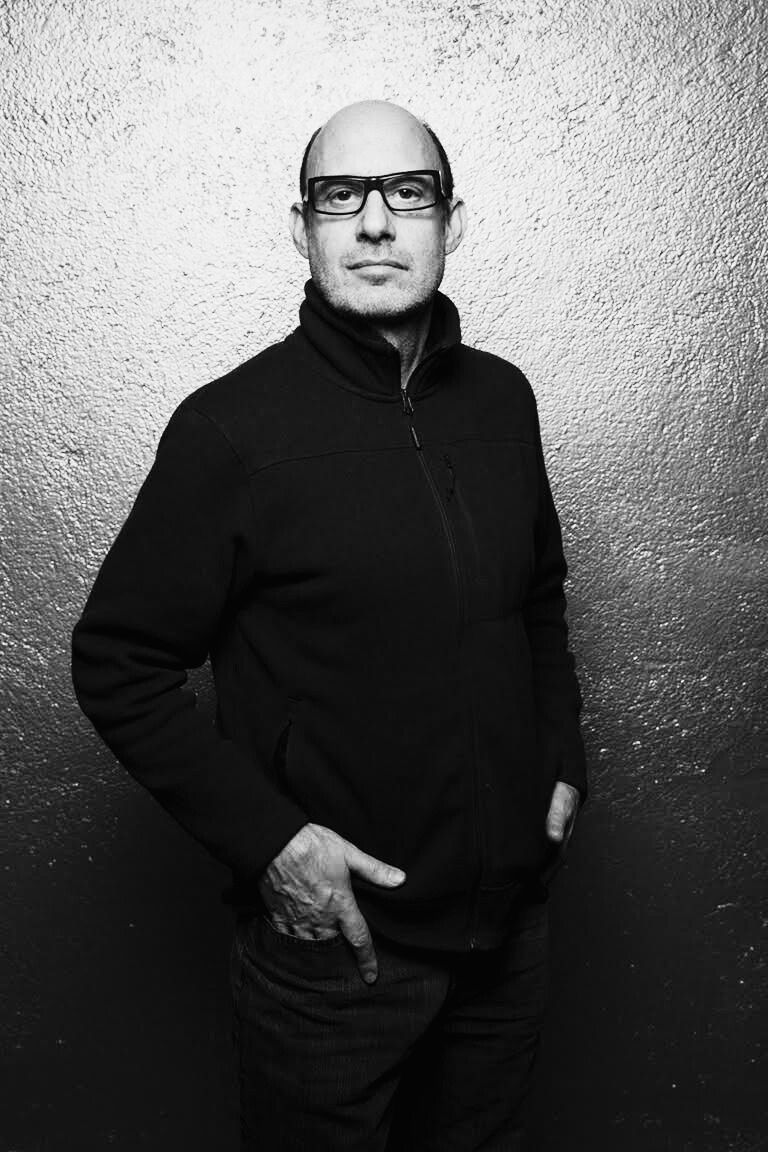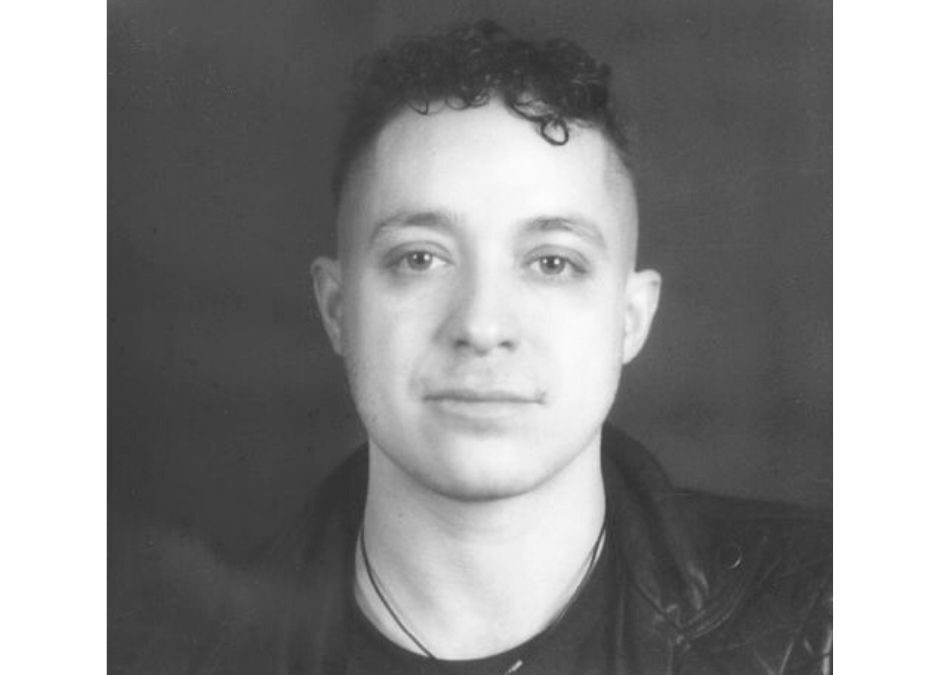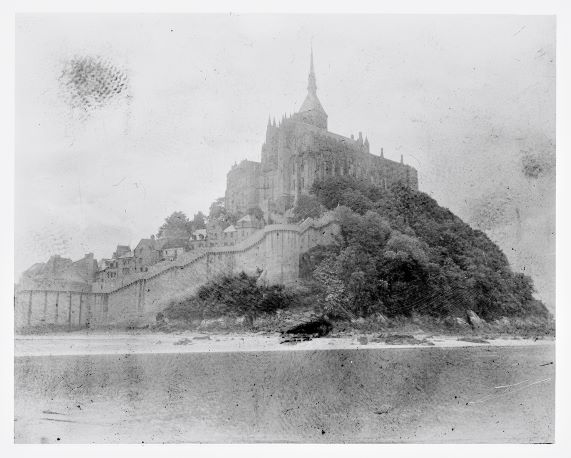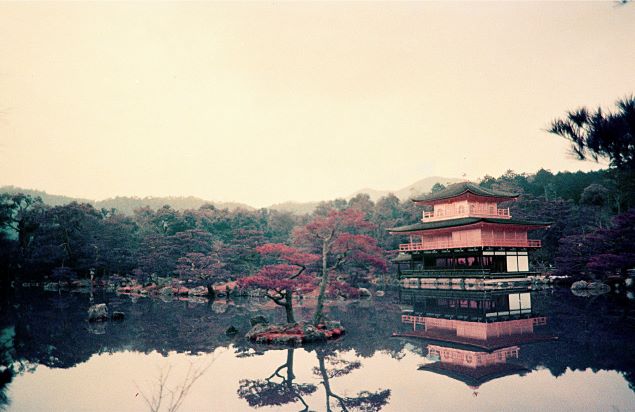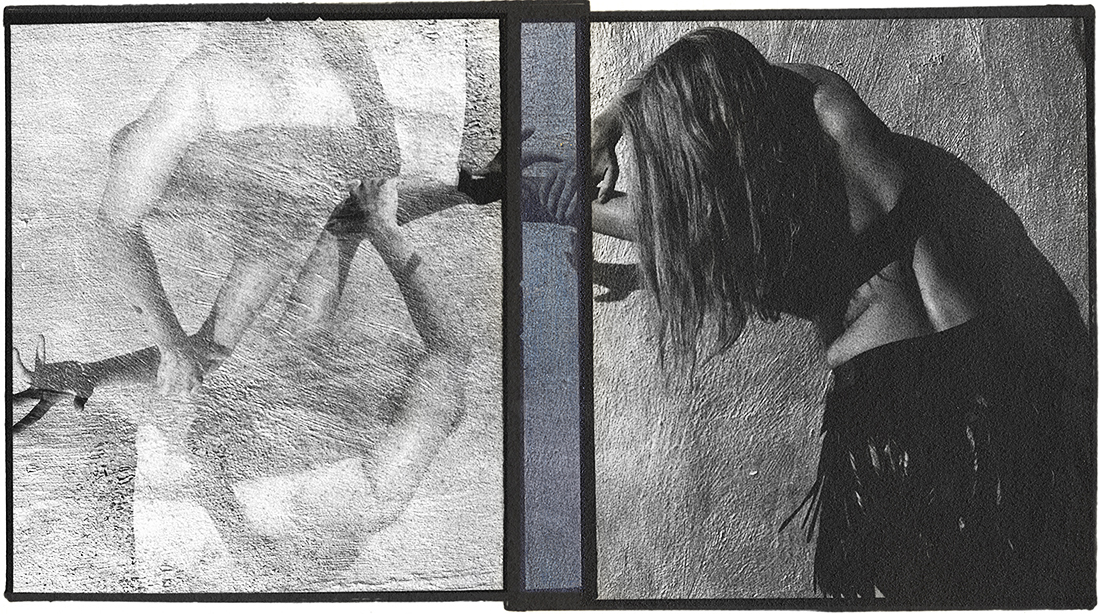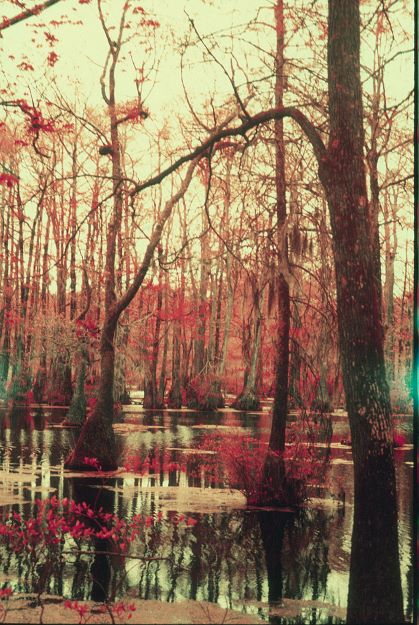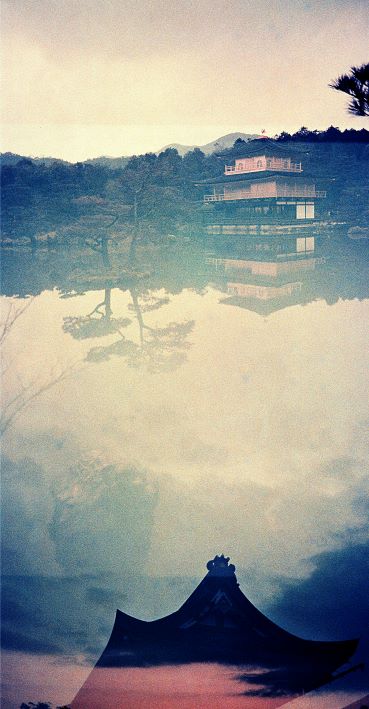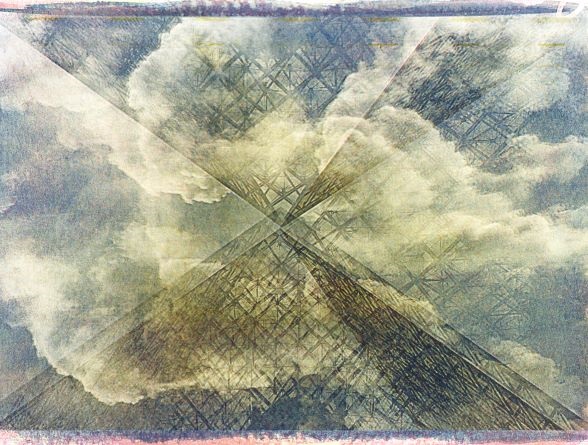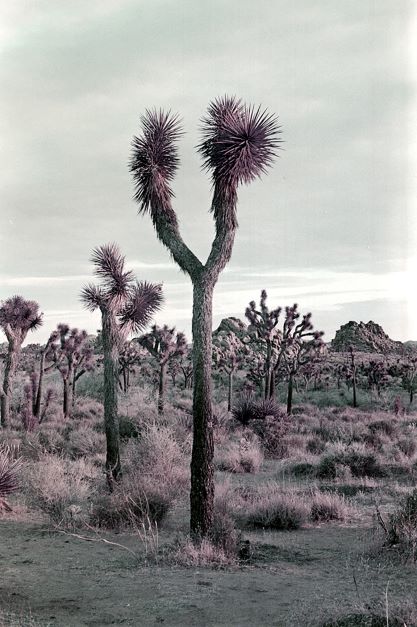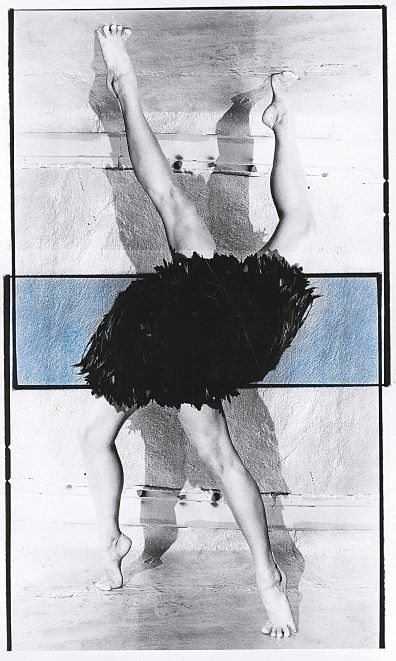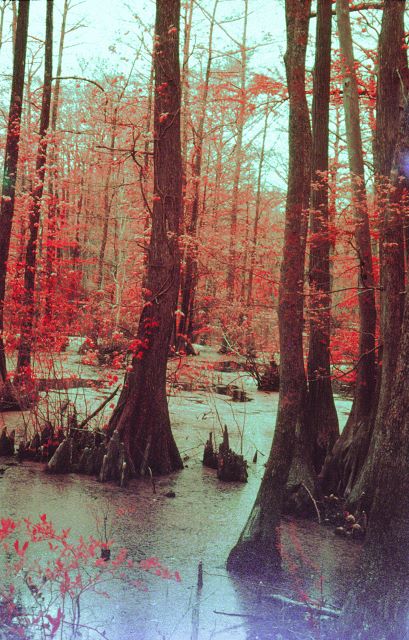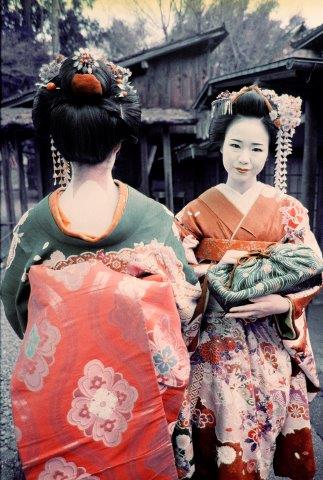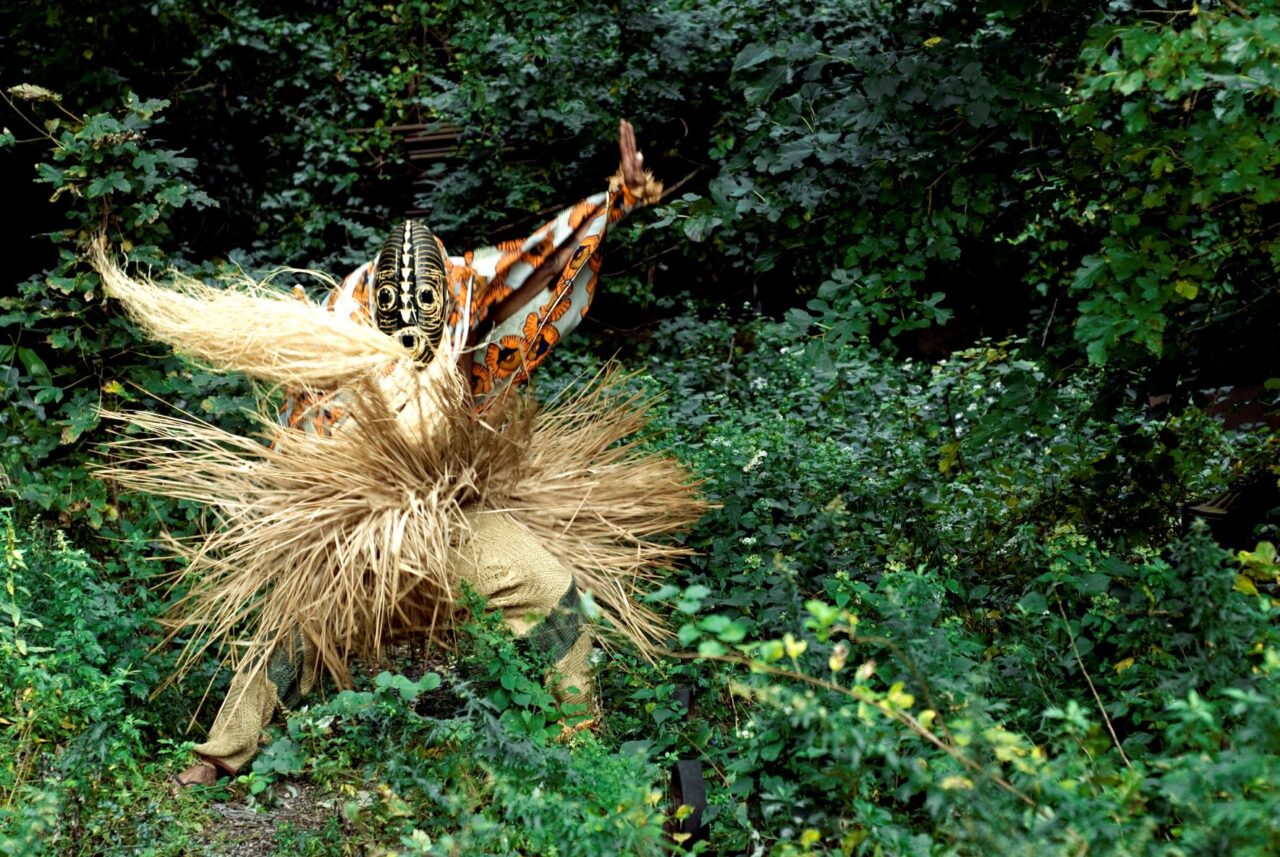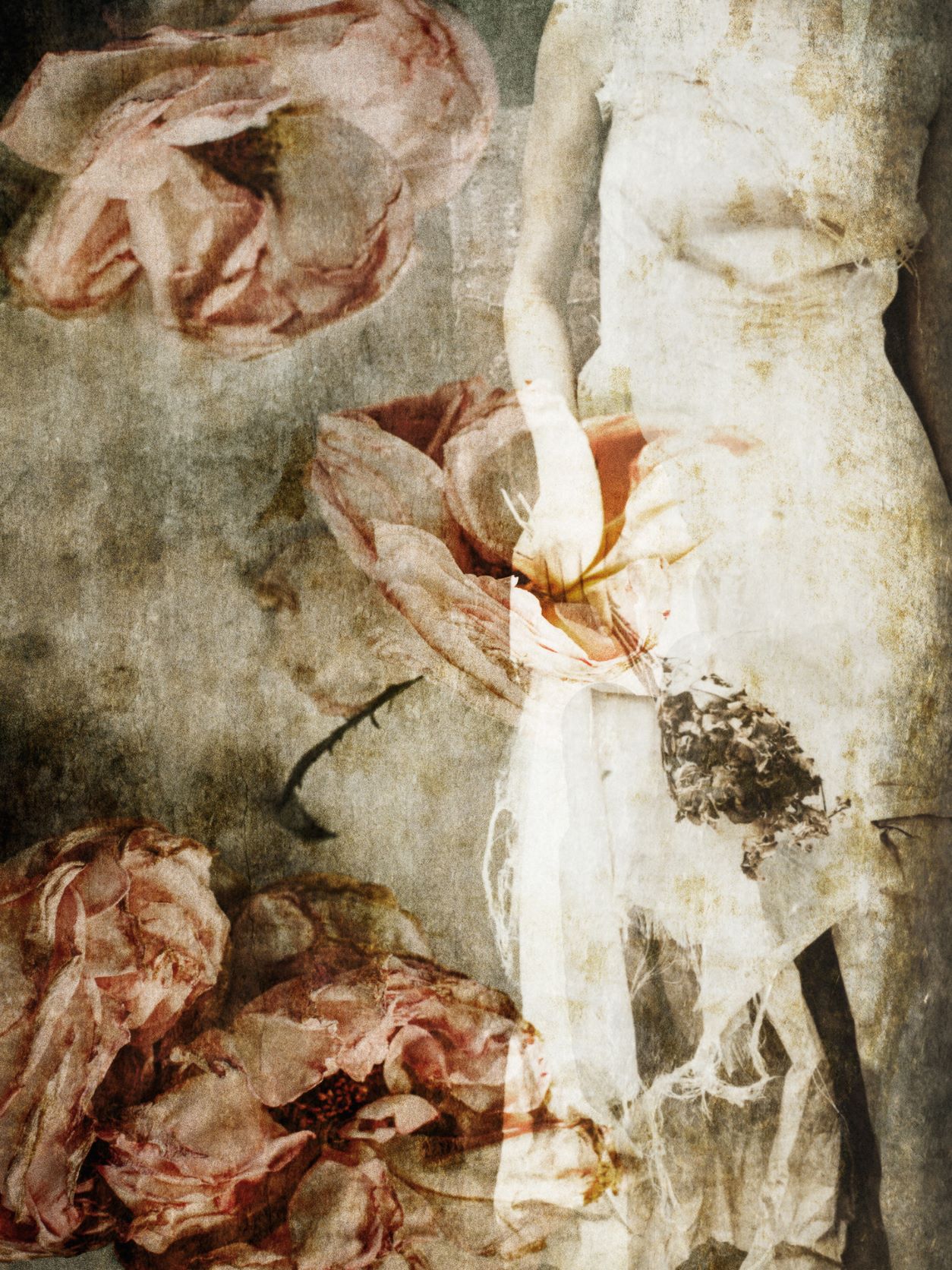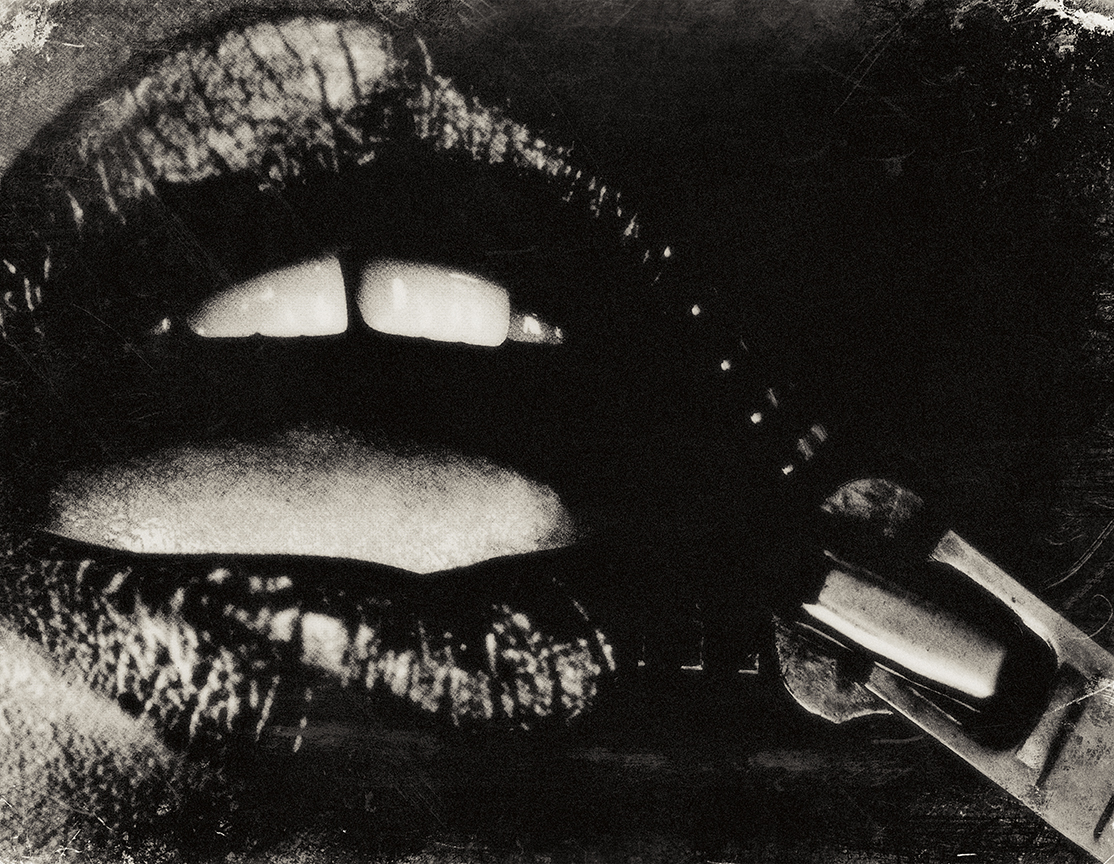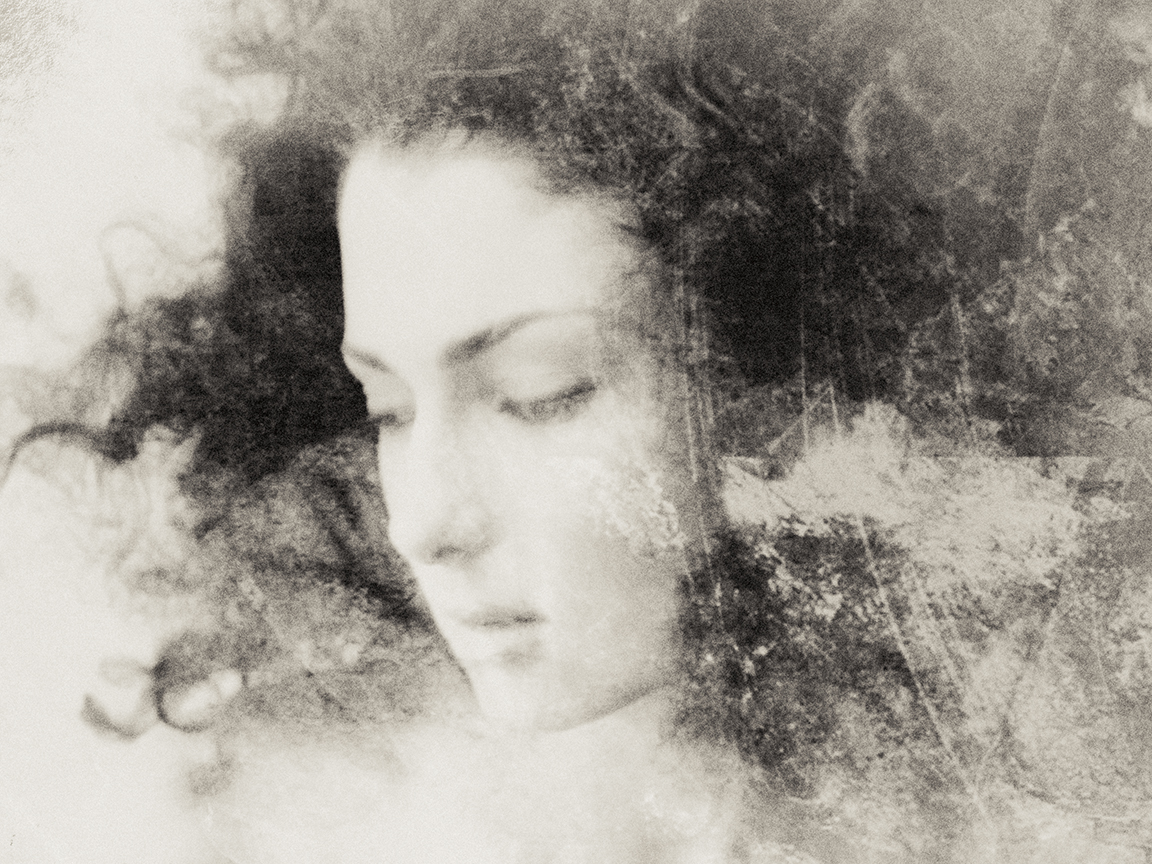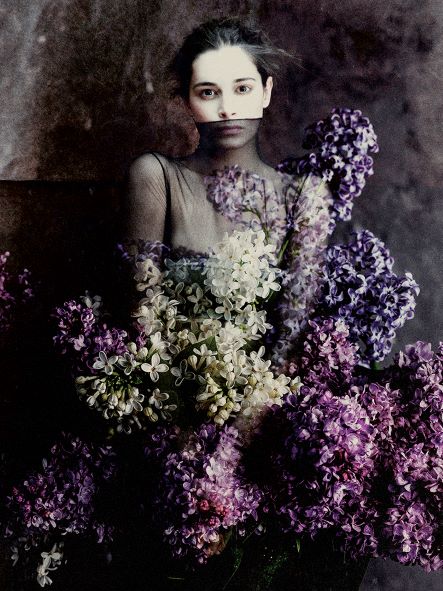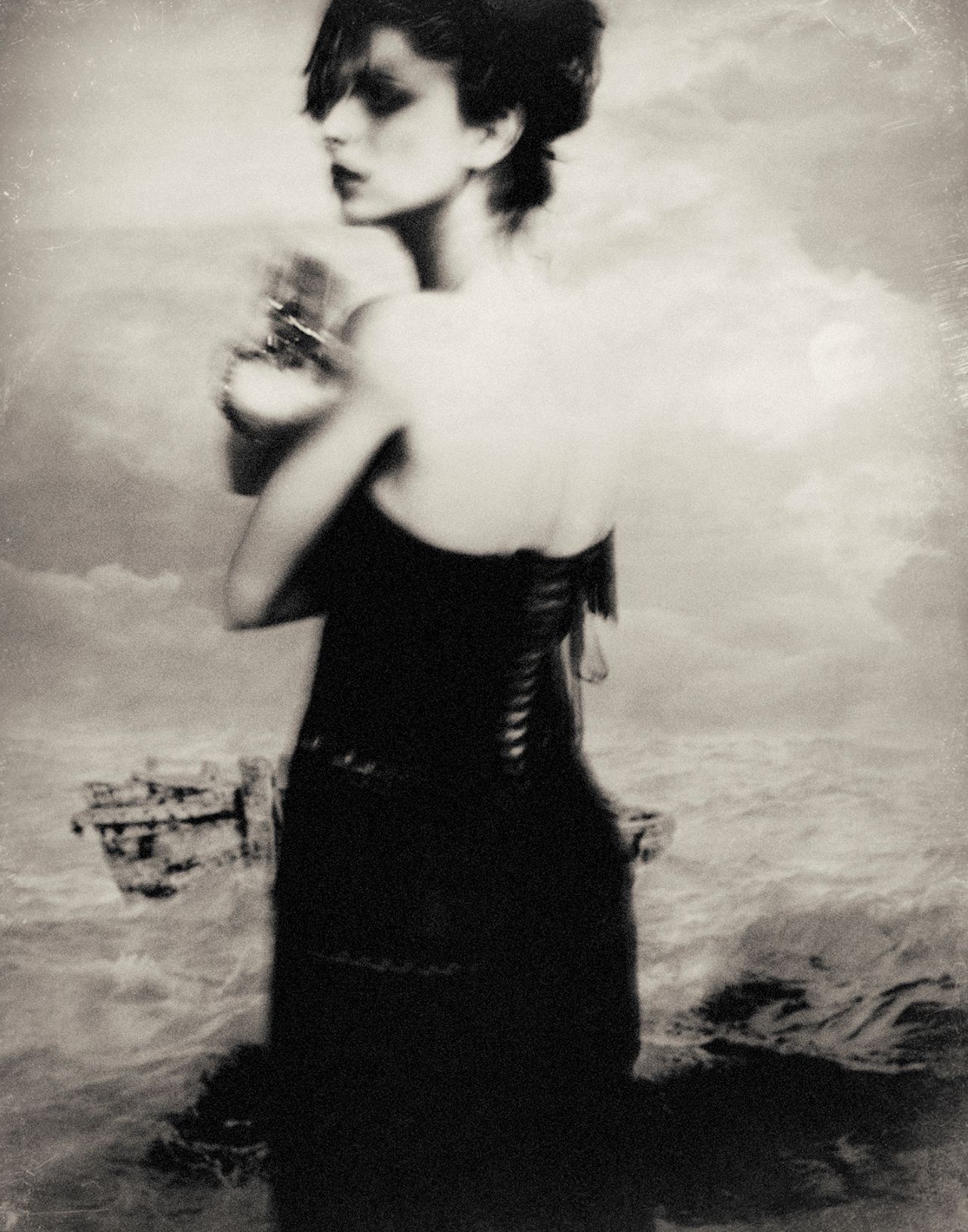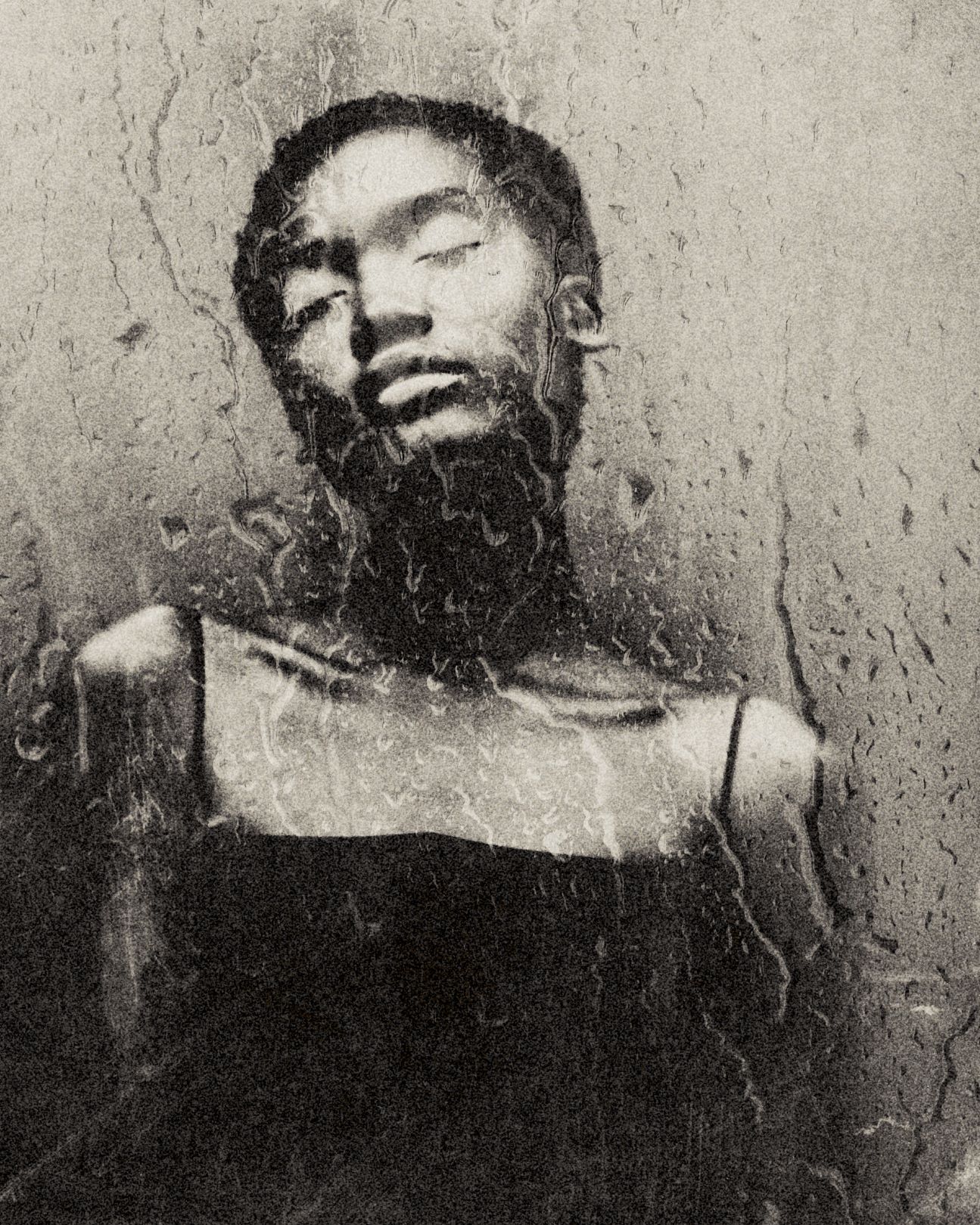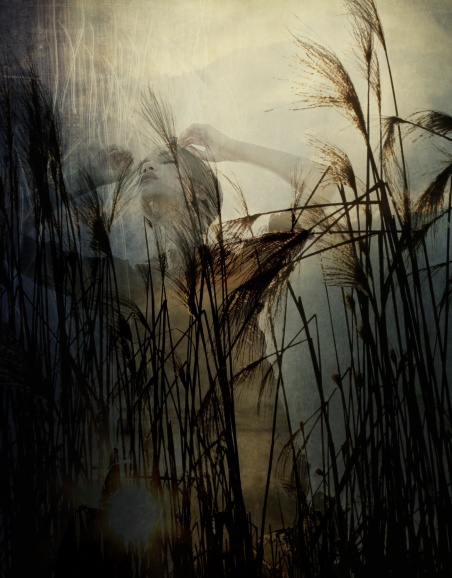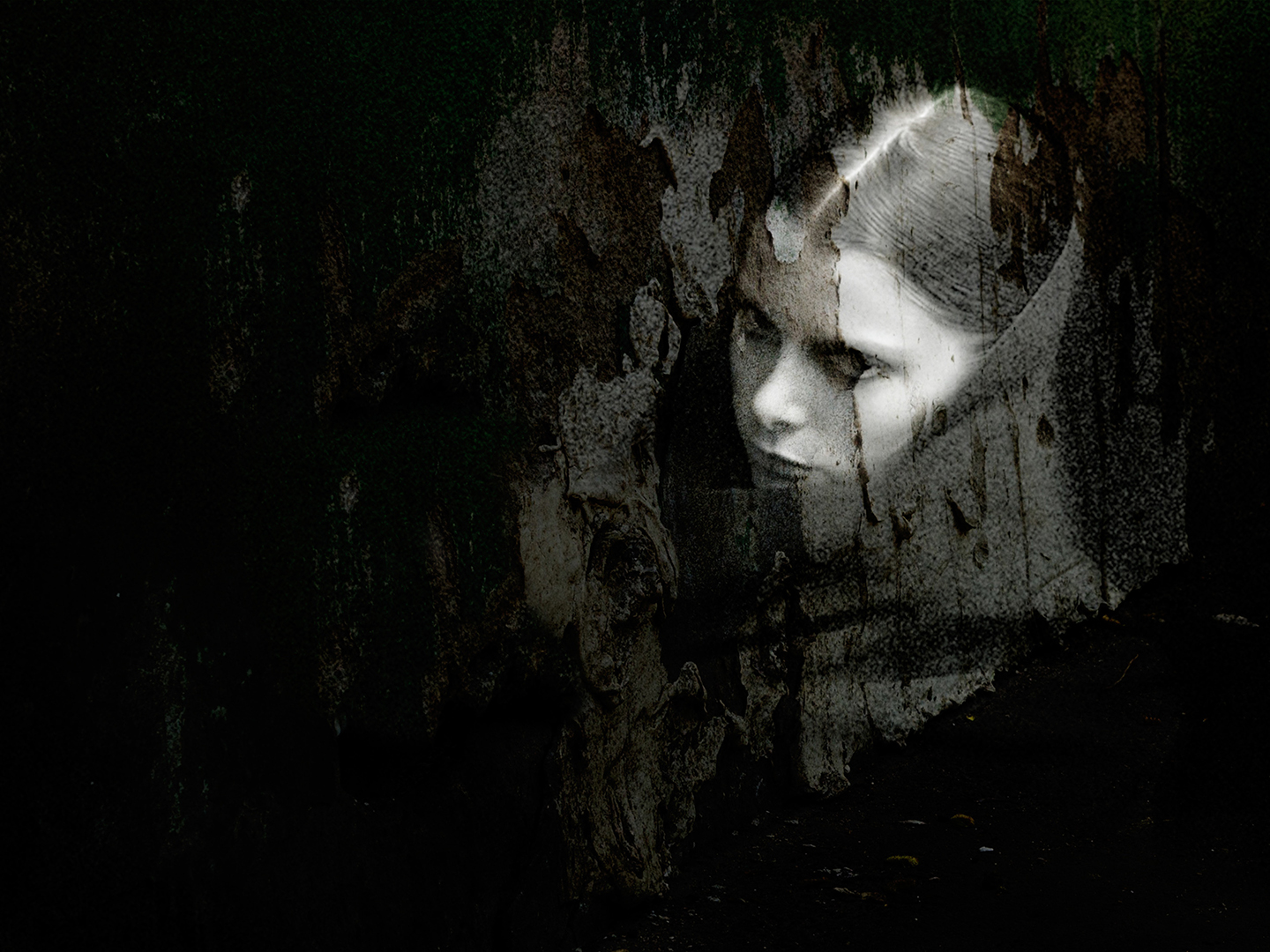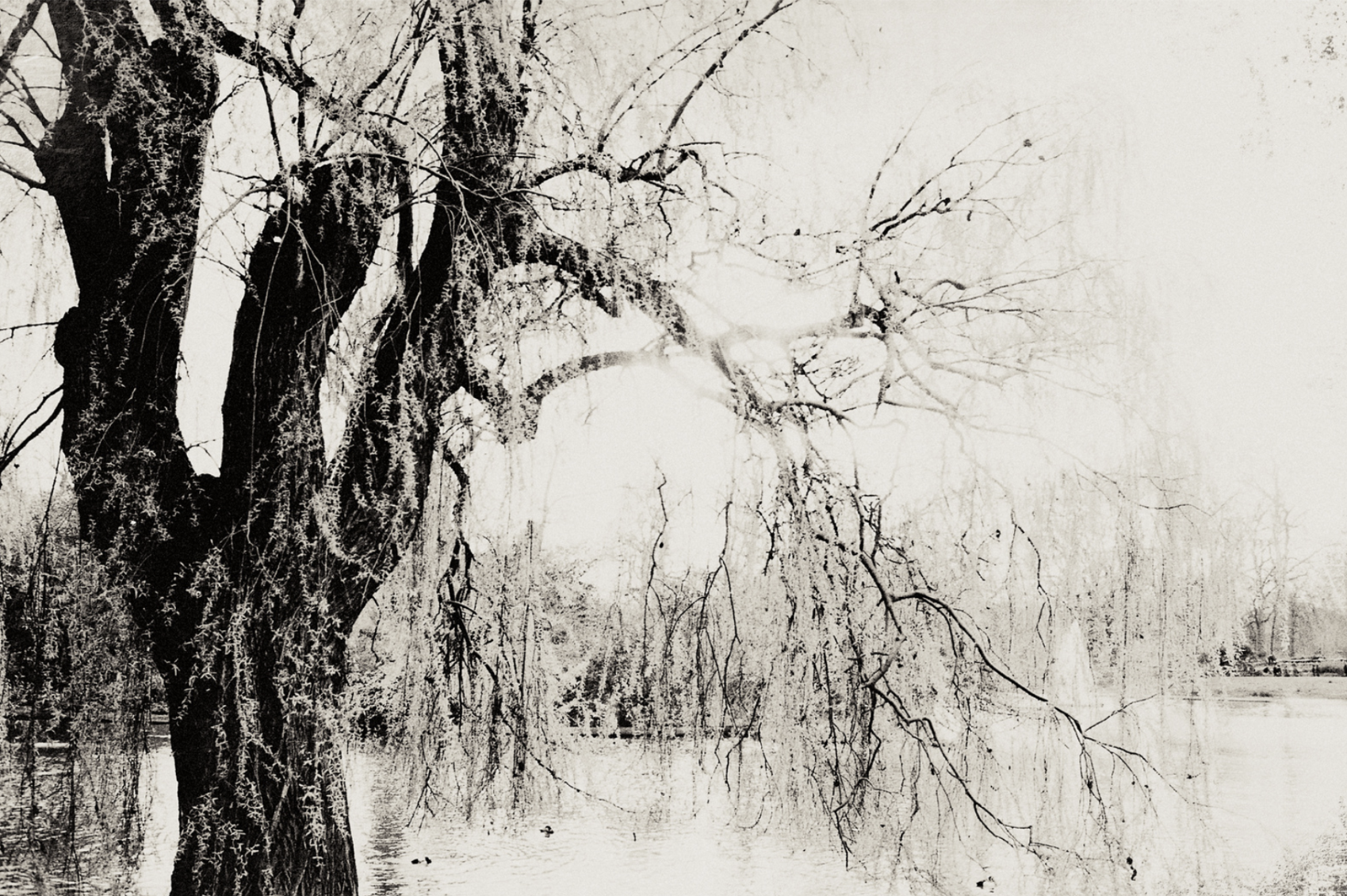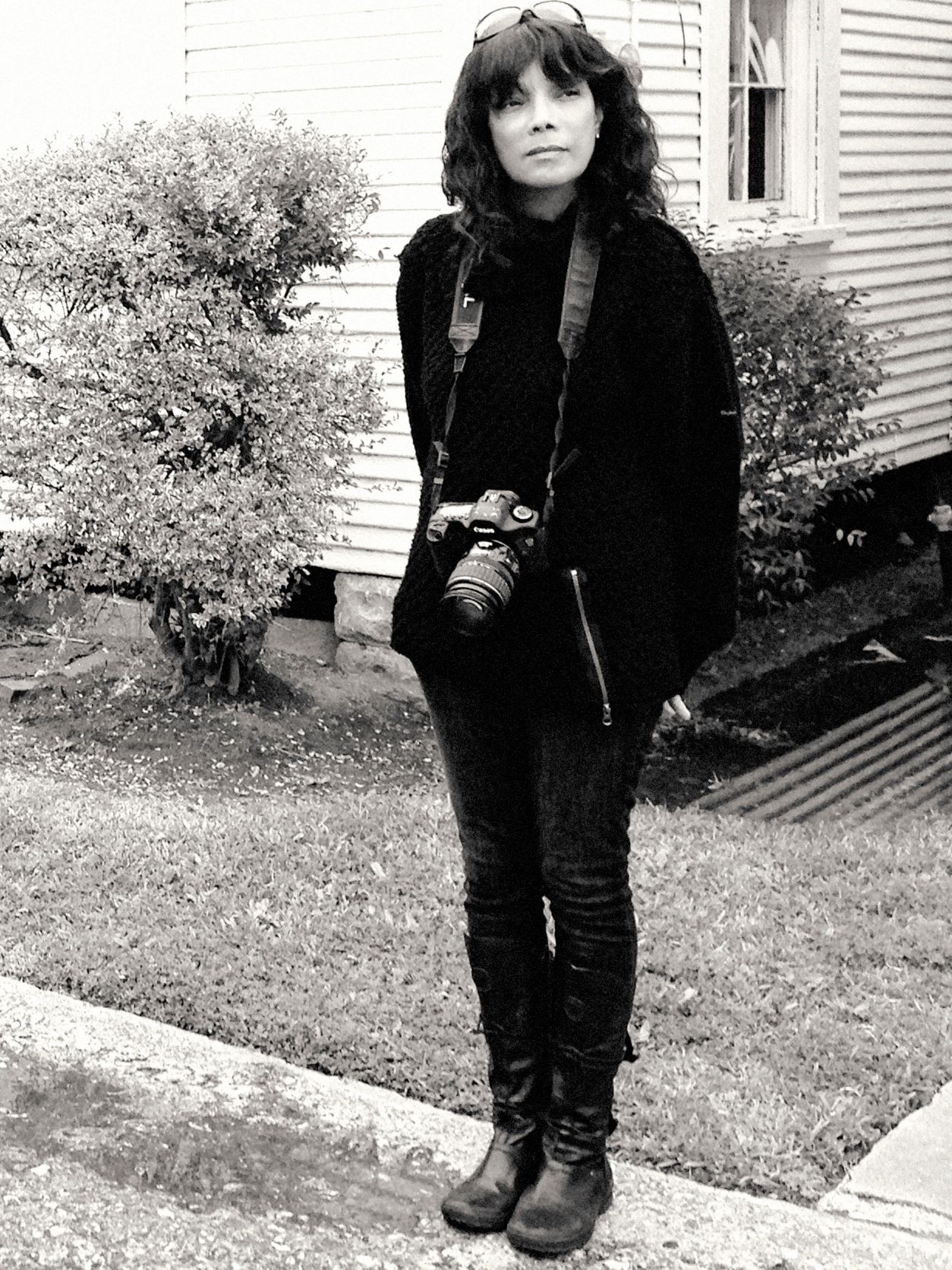
JIMMY & DENA KATZ: Salt Dreams
JIMMY & DENA KATZ
“Salt Dreams”



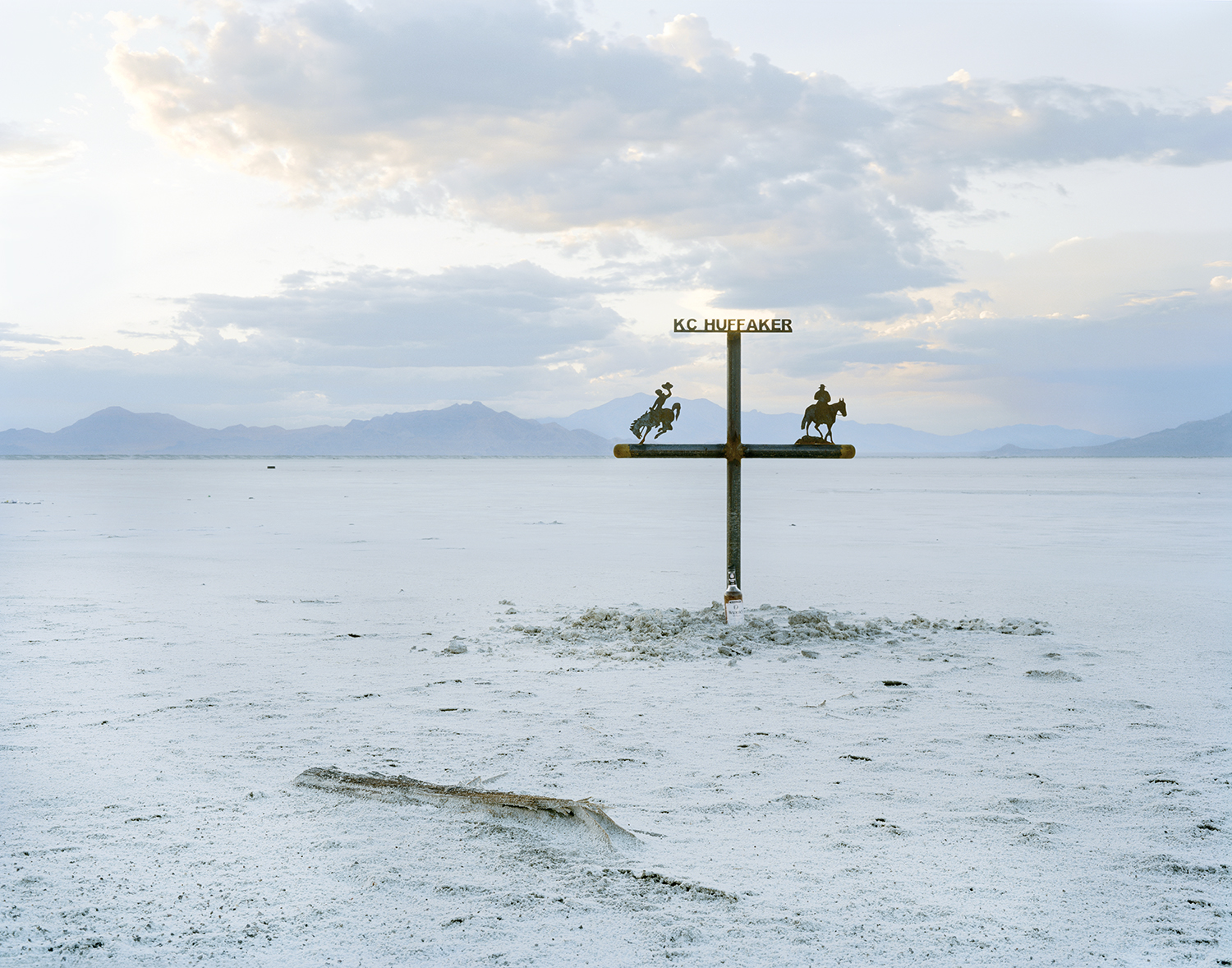


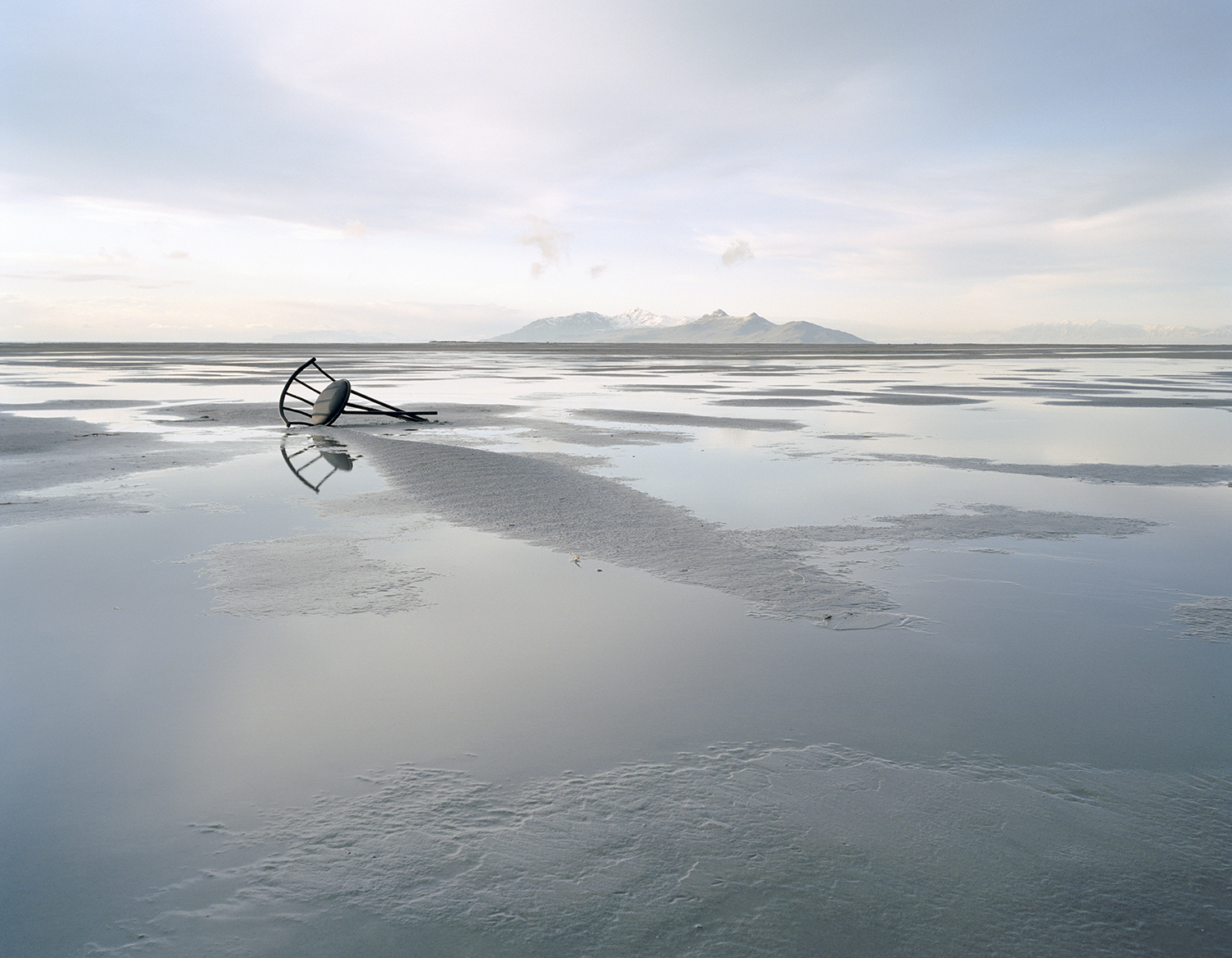
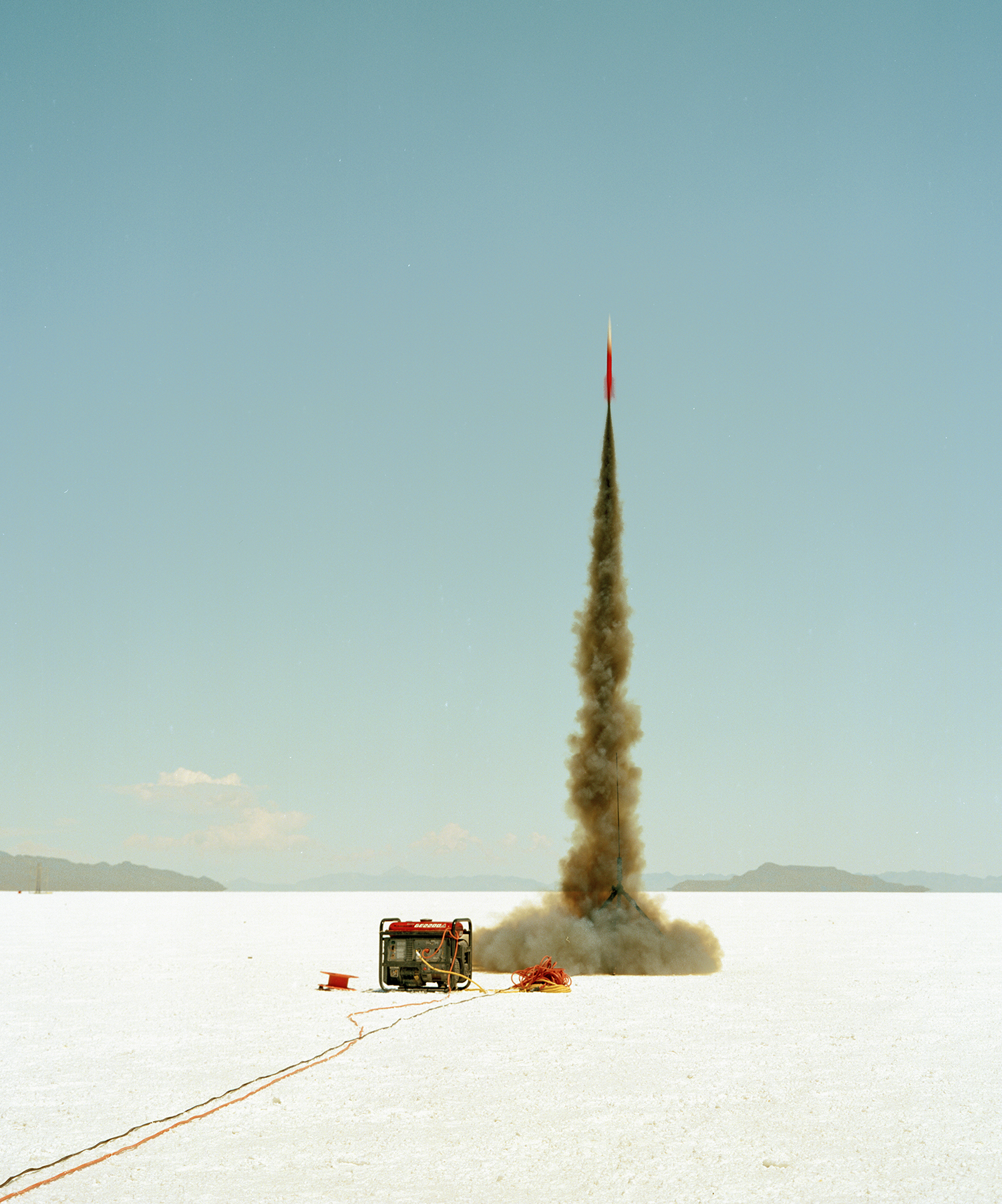



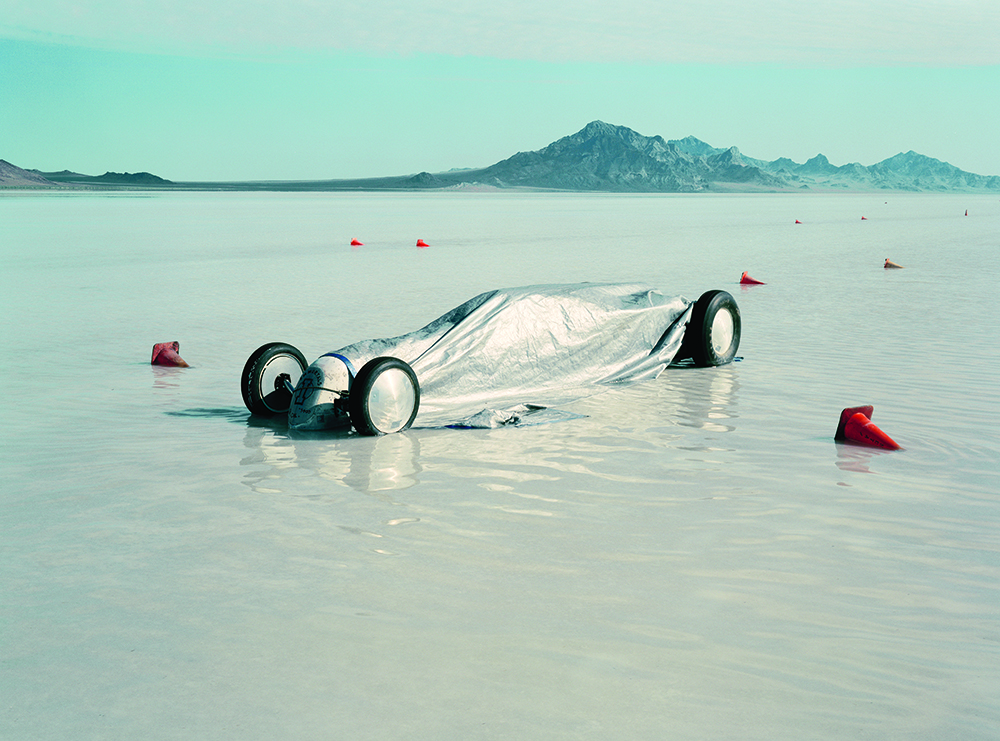
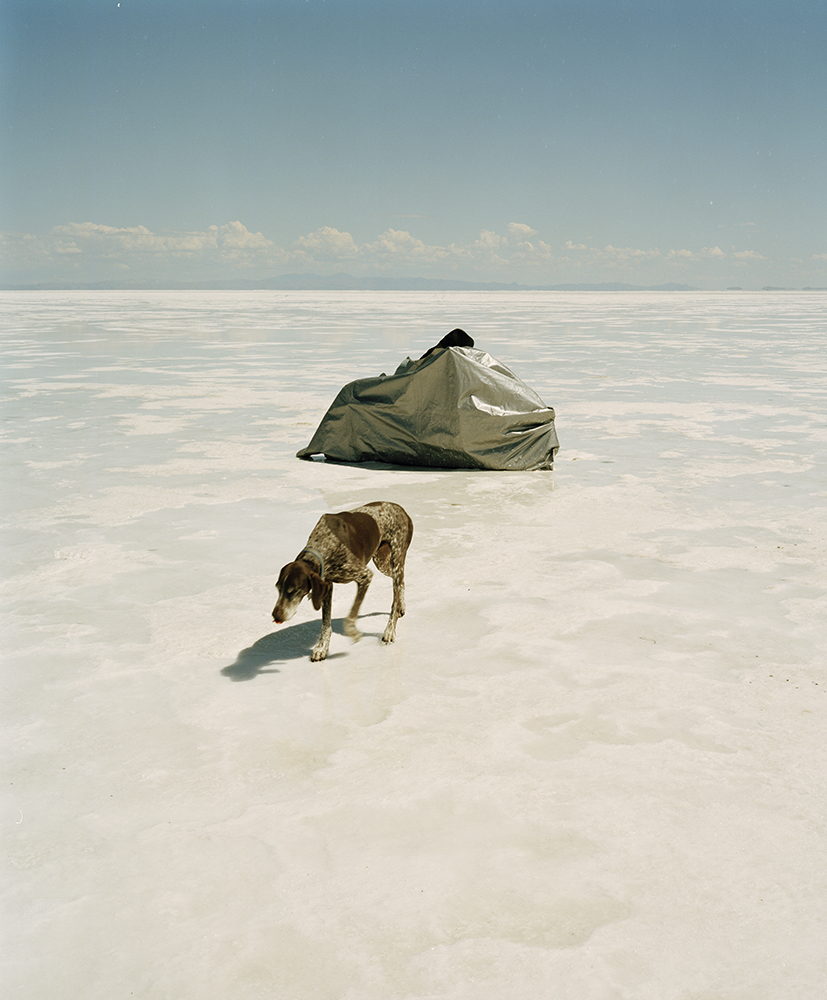


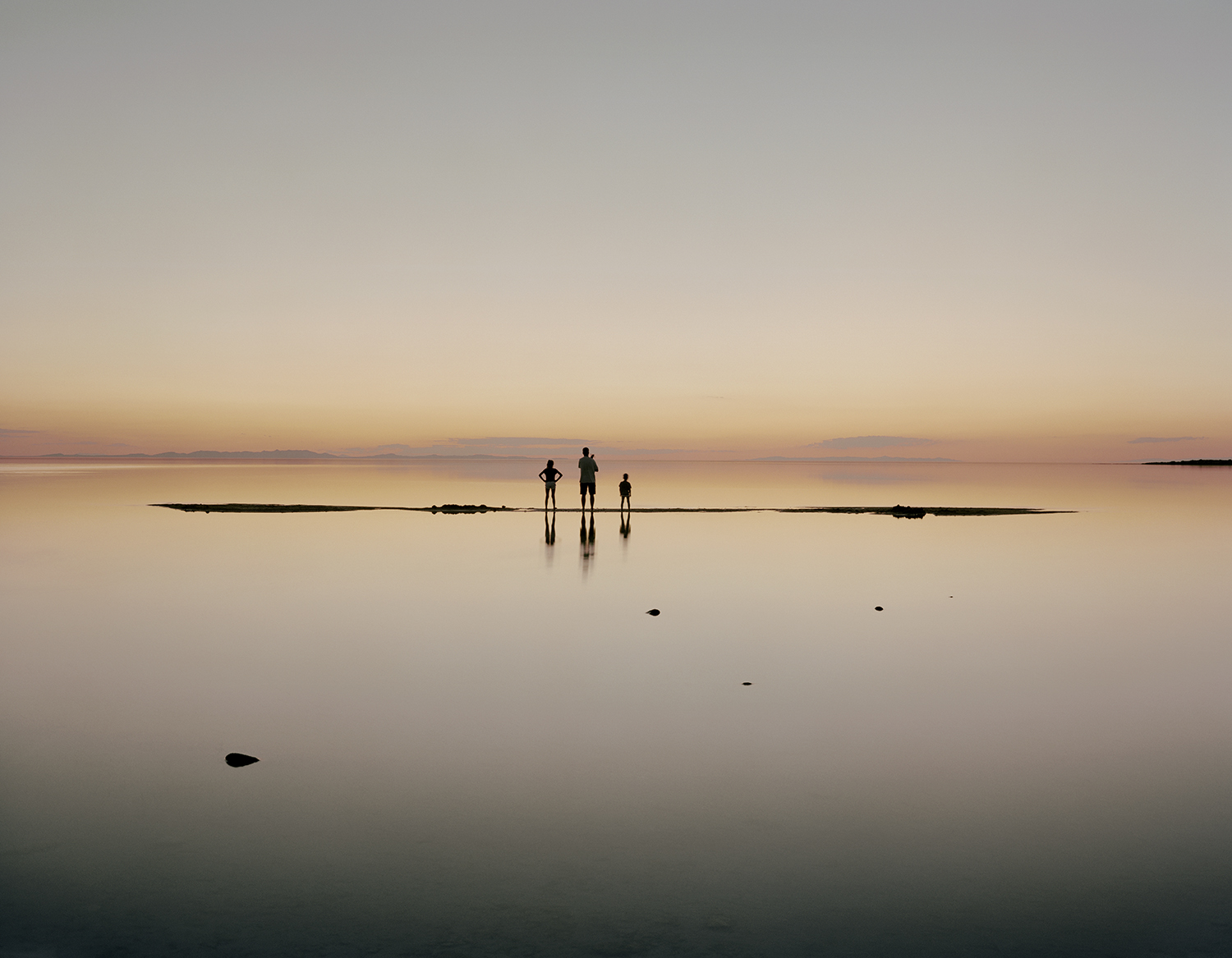



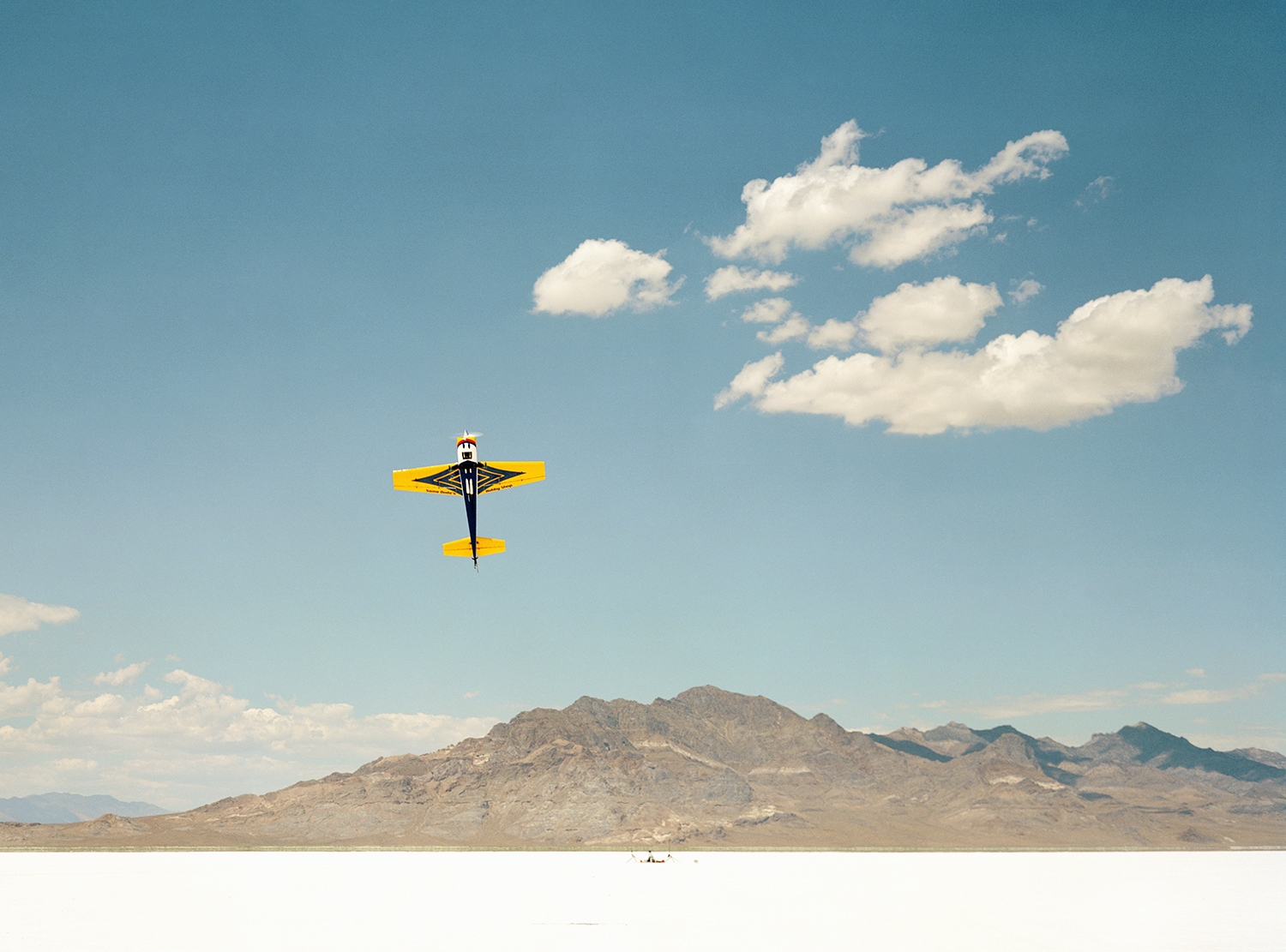
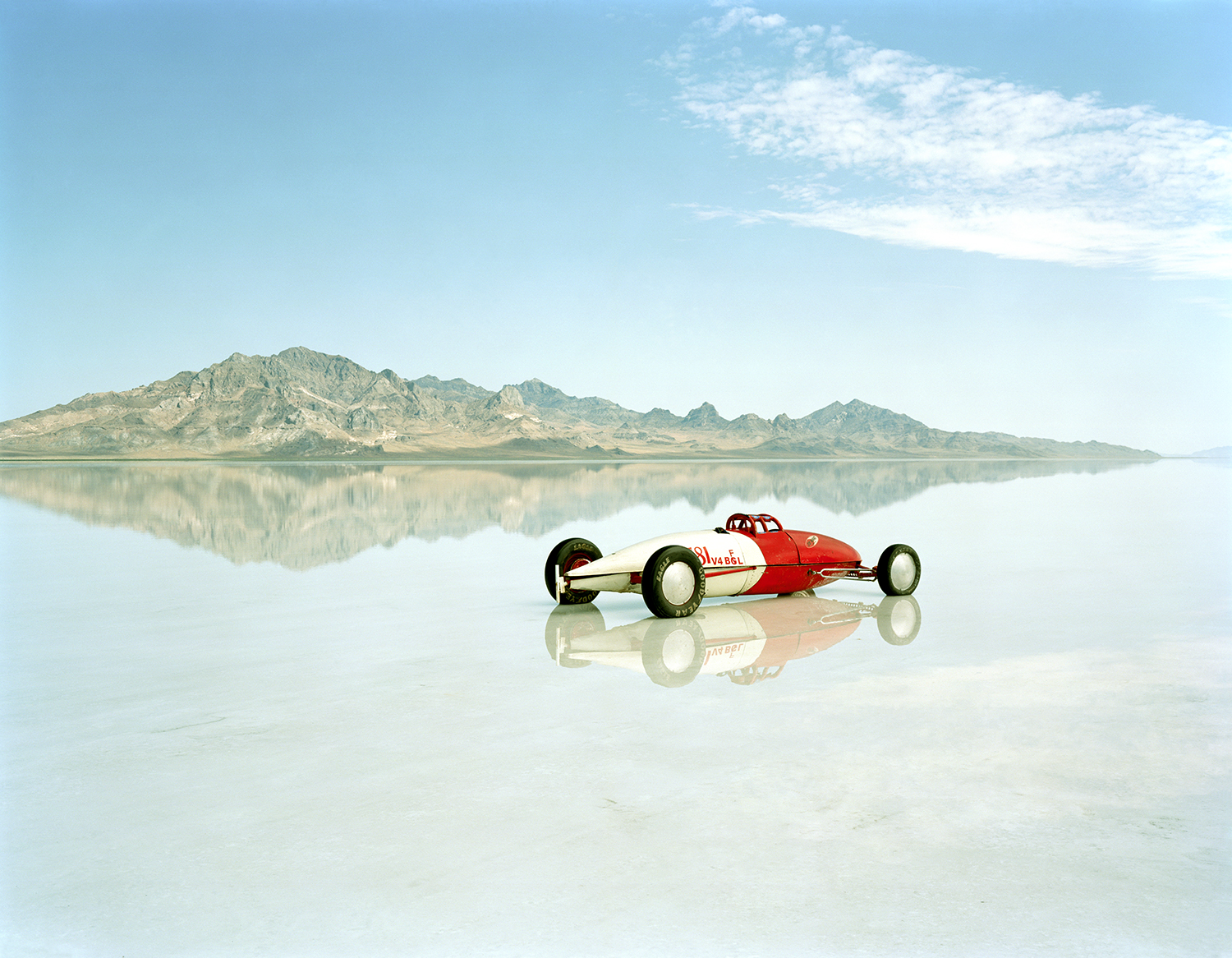
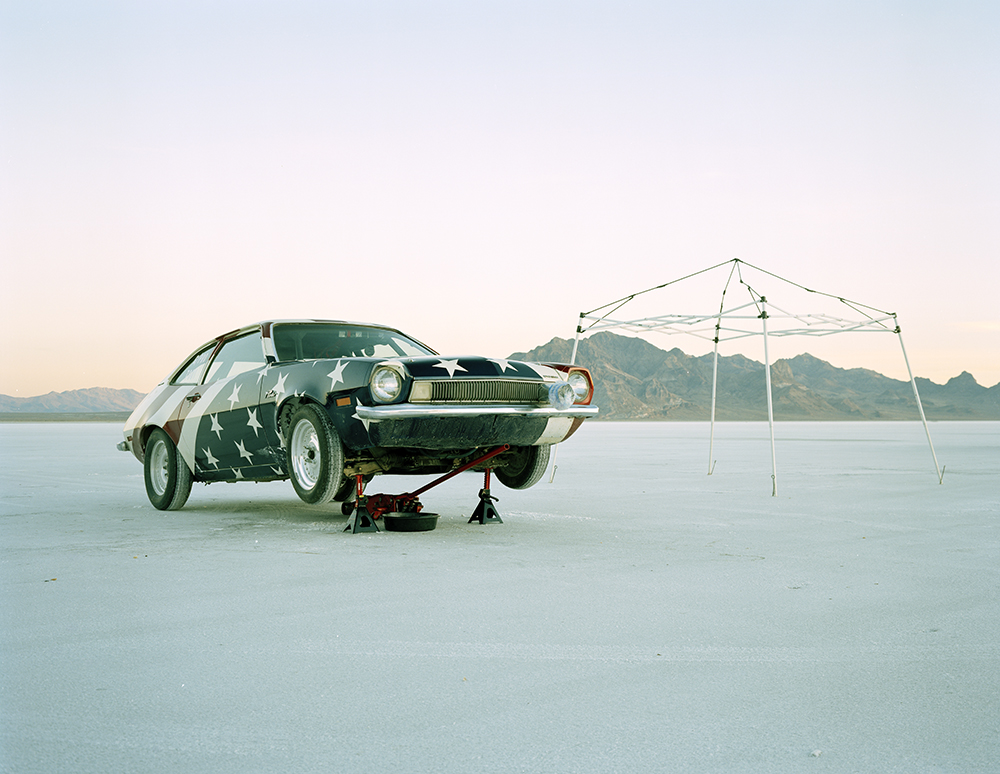
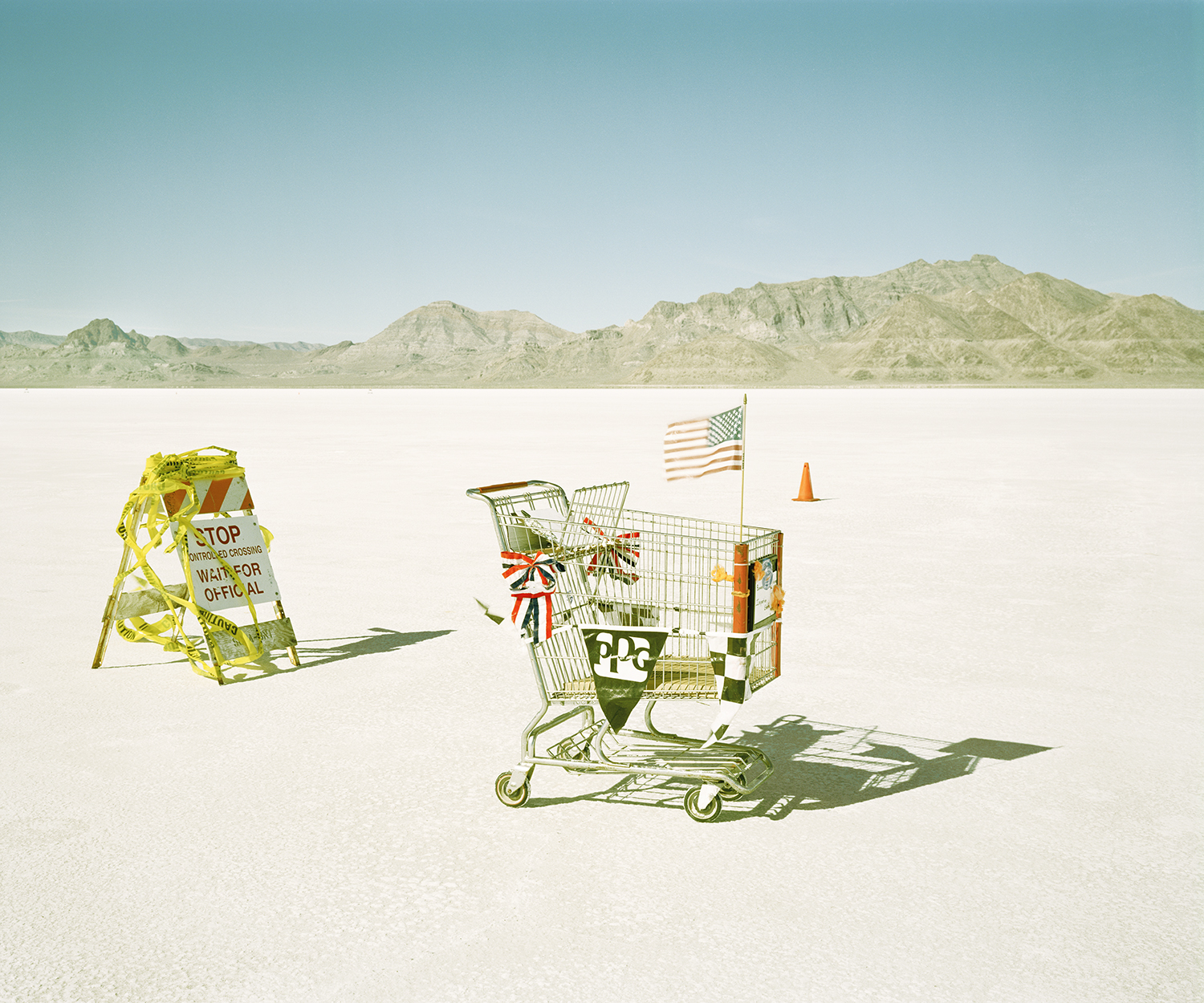


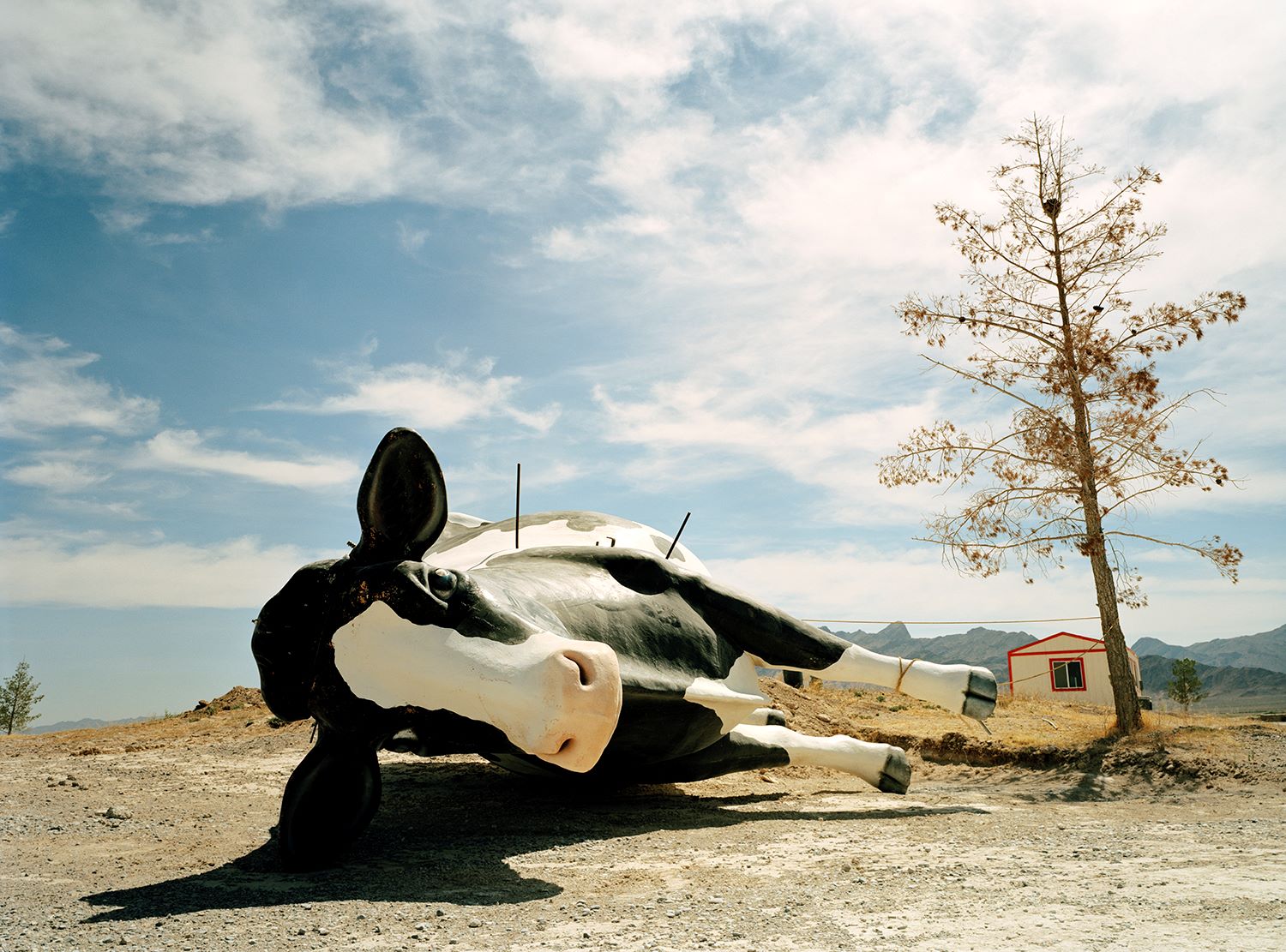
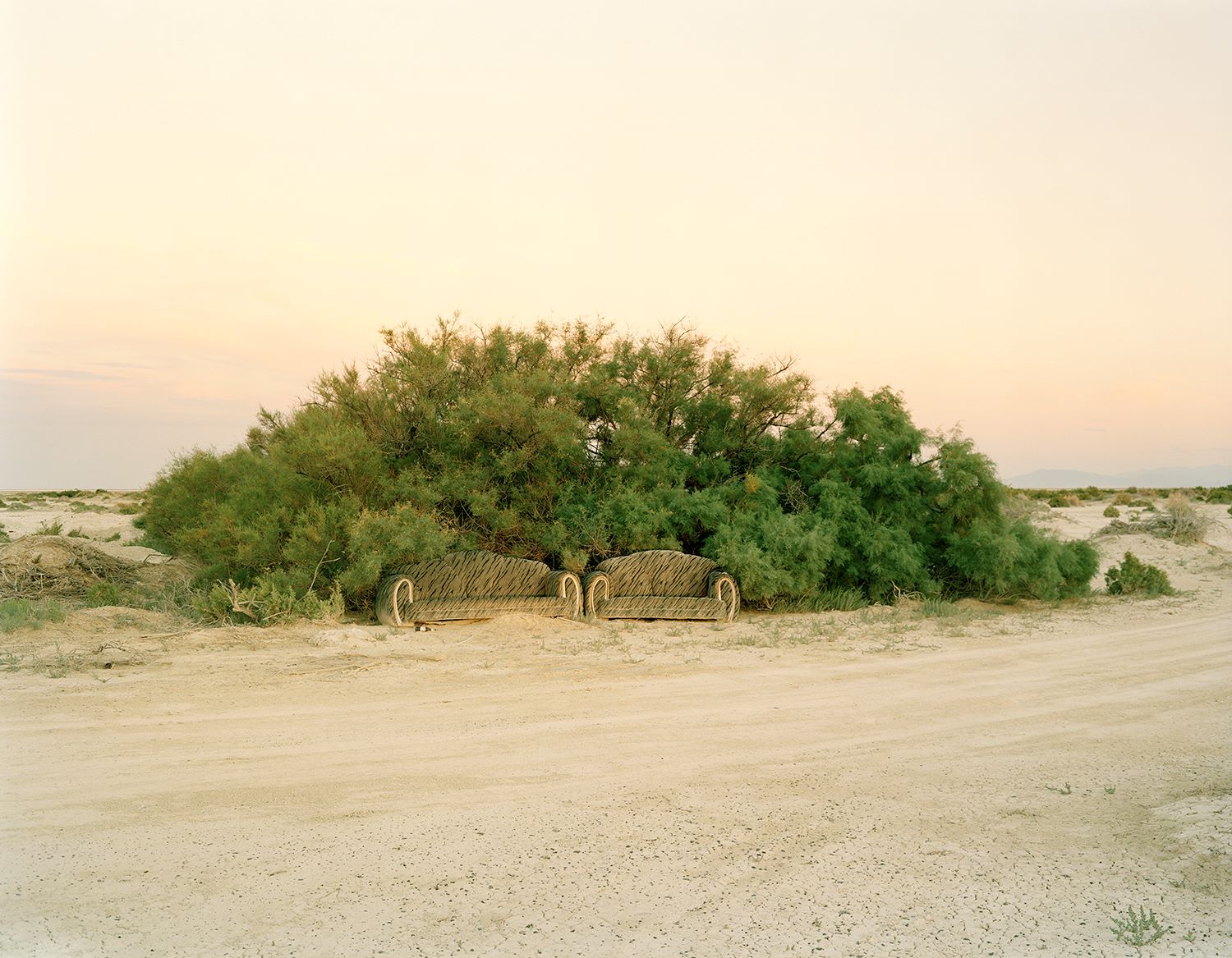
My wife and collaborator Dena and I used to travel to Salt Lake City often and decided to photograph the Salt Flats. What struck us most was not the sweeping landscapes but the odd man-made objects and artifacts we would encounter. From random trash to car racing setups, the Salt Flats have become the backdrop of human activity.
Instead of focusing our lens on the landscapes, we decided to explore the impact human civilization had in these ancient places. Many images are absurd and even surreal – very much like human existence itself.
I love the surreal quality and absurd humor of this series. The images perfectly capture the folly that human beings are.
Inspired by American landscapes photographers like Ansel Adams, Jimmy and Dena Katz traveled West to capture the Great Salt Lake in Utah. But instead of pristine nature, they found the presence of man everywhere. From seeing trash on the side of the road to reading about pollution, they couldn’t escape the modern world.
Jimmy Katz became fascinated by the unexpected juxtapositions between the timeless landscapes and the man-made artifacts. The contrast between the two often resulted in surreal moments – like finding a group of plastic flamingos planted in a salt bed. The images highlight how humans feel our species is above all else, above nature. But these places have existed for millions of years, while we are barely a blip in Earth’s history.
Spending time in the Salt Flats over two years (2004-2005), Jimmy and Dena Katz met people who come here for annual car racing or rocket launching events. These devoted fans found this unfriendly environment the perfect place for their hobby. And it is true that, with their vast expanse and flat terrain, the Salt Flats are ideal. Ideal but not without danger: arsenic and other heavy metals are commonly found buried underneath. As the lake dries up due to diminishing snow and ice melt, its heavily polluted bed will turn to dust, which will then be carried by winds. As of now, airborne dust is already a problem for nearby residents as particulates can lodge in their lungs and worsen asthma and the risk of heart attacks. The drying up of the Great Salt Lake is an environmental disaster no one knows how to prevent.
Some of the images Jimmy and Dena captured could not be replicated today. With global warming, the Great Salt Lake is getting smaller, from about 3,300 square miles in the late 1980s to less than 1,000 today, according to the U.S. Geological Survey. There’s less and less water and more and more desert.
“Salt Dreams” is a testament to nature’s fragility in the face of man’s folly.
PS: You can find their book “Salt Dreams” here.
THE NEW YORK TIMES REVIEW
The salt flats of northern Utah, a vast expanse of mineral detritus planed to level smoothness by wind and water, are a perfect surface for testing homemade rockets, race cars, motorcycles and weirder things. This show includes spectacular shots of such activities by Jimmy and Dena Katz, two photographers who have spent a couple of years exploring the terrain with their cameras.
So bright is the light, so boundless is the space, so gorgeous are the distant mountains that the place looks like eternity itself, but with a litter problem. The Katzes’ searching lenses have also found pink plastic flamingos stuck upright in the Great Salt Lake, a pair of couches huddled under an overgrowth of scrub, a larger-than-life plaster cow pierced by spikes and lying on its side, orange traffic cones near a hand-lettered sign reading “Wait Here,” and, by way of pathos, a limp brown hound glumly looking for shade.
The Katzes see the flats as a limitless American playroom, a place where we don’t have to pick up our toys since the party is never over. By Grace Glueck
ABOUT THE ARTISTS
Jimmy Katz was born in New York City in 1957 and studied photography with John McKee at Bowdoin College. Collaborating with his wife Dena, he has become the most prolific jazz photographer of the last 30 years. Together, they worked on over 580 recording projects, over 200 magazine covers and hundreds of editorial pieces – more than any modern photographer documenting jazz.
To better promote the art form, Jimmy Katz developed an integrated approach to his work, combining still photography, video and high-quality audio. In 2018, at friends’ urging, Katz founded Giant Step Arts, a non-profit organization that documents some of the most important jazz musicians of this era.
“Salt Dreams” came from their frequent travels to Utah and interest in documenting the conflict between man and nature.
SELECTED MUSEUMS ACQUISITIONS AND EXHIBITIONS:
Islip Museum, Islip, NY: “Salt Dreams” Exhibit (2007)
Houston Museum of Fine Arts, Houston, TX: “Salt Dreams” Exhibit and in their permanent collection (2010)
SELECTED SOLOS SHOWS:
Ex Chiesa della Maddalena: Bergamo, Italy (2022)
Galleria Nazionale dell’Umbria: Perugia, Italy (2019)
North Sea Jazz Festival: Rotterdam, Netherlands (2014)
Padua Jazz Festival: Padua, Italy (2014)
*Discover his jazz portraits here.
RECENT PRESS: Aurélie’s Gallery : Dena & Jimmy Katz : Salt Dreams – The Eye of Photography Magazine (loeildelaphotographie.com)
